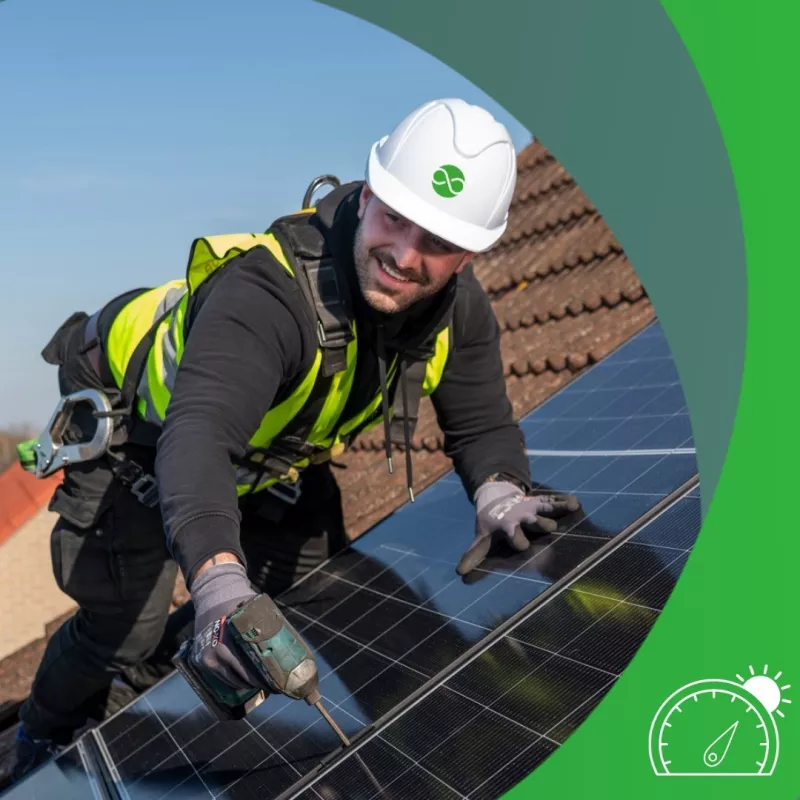2025 is on track to become a record year for solar energy: the sun has never shone this strongly
As of the end of September, Belgium has already experienced just over 1,666 hours of sunshine, which is 37% more than during the same period last year. While that isn’t a record in terms of sunlight hours, the amount of radiation converted into energy is exceptional. The total solar yield from January to September already exceeds the full-year total for 2024 by nearly 20%.
“2018 currently holds the record for solar radiation in Belgium, with a total of 1,171.8 kWh/m²,” says Maarten Michielssens, CEO of EnergyVision. “But that could soon change. If we have an average amount of sunshine during the last three months of this year, that record will be easily broken.”
June registered the highest solar radiation so far this year, with 180.8 kWh/m², followed closely by July, with 172.9 kWh/m². But it was August that made history: with 157.1 kWh/m², the previous 16-year-old record of 154.5 kWh/m² was broken.
The highest values were recorded in two regions: the Campine and Belgian Lorraine. Earlier in the year, March had already set a new record with 103.7 kWh/m², beating the previous March record from 2022 by 0.4 kWh/m². Interestingly, the biggest increases were seen along the coast and in Luxembourg province.
So far in 2025, the average yield per installed kilowatt of solar panels is 813 kWh/kWp. This figure represents an average across all orientations, locations, and system types — with a minimum of 597 kWh/kWp and a maximum of 998 kWh/kWp. While not an absolute record, this is still 18% higher than during the same period last year.
Negative electricity prices
This year also saw a record number of hours with negative electricity prices. That means solar injection had little to no value for many solar panel owners. These low injection prices have impacted households and businesses alike. Globally — and also in Flanders and Brussels — the installation rate of new solar panels has declined in recent months. In some countries, the solar market has even collapsed.
“The sun remains the cheapest energy source,” says Maarten Michielssens, CEO of EnergyVision. “Those who use it smartly can still get a strong return. That’s why we continue to invest heavily in green solutions and are building new solar systems at record speed across the country.” “At EnergyVision, our customers never receive negative compensation for their solar injection. Even households with their own solar panels receive a fixed feed-in tariff of 4 euro cents per kWh, guaranteed for three years — even during negative market prices. This is the highest and longest guaranteed rate in Belgium.” “In addition, customers with an EnergyVision charging card benefit from extra discounts when charging their car during certain peak hours at our public charging stations. Through these kinds of initiatives, we aim to support households in making a real energy transition.”
About the Solar Barometer
(*) EnergyVision will now publish its Solar Barometer quarterly. This report combines internal data with official figures from organisations such as the Royal Meteorological Institute (RMI). With this barometer, EnergyVision aims to inform and engage consumers by highlighting trends in solar and wind energy across the country — contributing to a better-informed and more sustainable energy future for Belgium.

